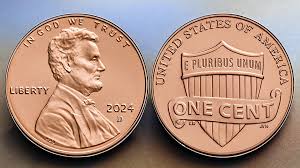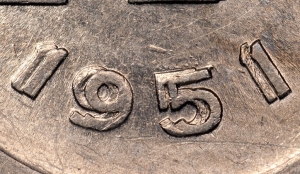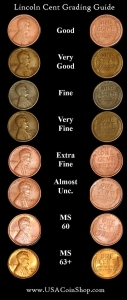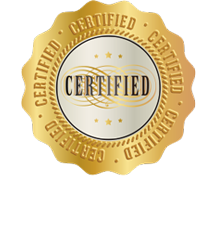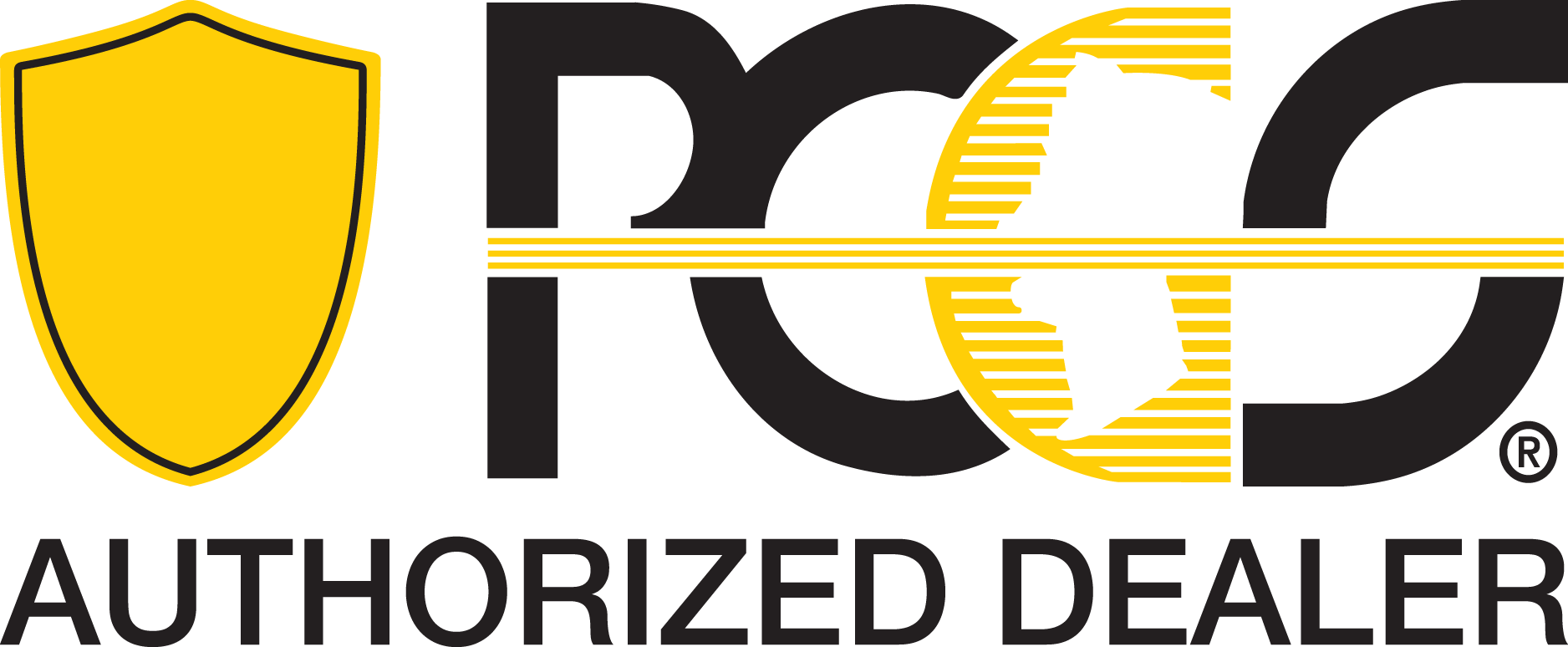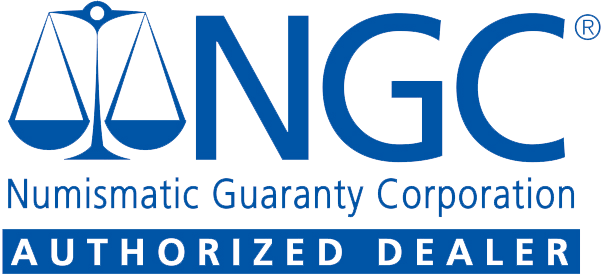La Guía Completa del Valor de los Centavos: Cuánto Valen Realmente sus Monedas
¿Ha visto esos videos virales que afirman que su cambio vale miles? Aquí está la verdad honesta sobre el valor de los centavos de parte de comerciantes de monedas reales.
Antes de hacer un viaje para vender sus centavos, aprenda qué fechas y variedades realmente tienen valor de colección y qué centavos comunes valen exactamente un centavo. Esta guía le ahorrará tiempo, dinero y decepciones al separar los centavos de colección genuinos de la publicidad sin valor.
La mayoría del contenido en línea sobre “centavos valiosos” está diseñado para generar clics, no para proporcionar información precisa. La realidad es muy diferente de lo que sugieren las redes sociales. Si bien algunos centavos tienen valores premium, la gran mayoría de las monedas que la gente trae a los comerciantes valen solo su valor nominal.
Entender qué centavos tienen una demanda real de coleccionistas requiere conocimiento de las cifras de acuñación, los requisitos de condición y los precios reales del mercado. Esta guía completa proporciona esa información desde la perspectiva de comerciantes de monedas profesionales que ven estas monedas a diario.
El Vistazo a la Realidad: Por Qué la Mayoría de los Videos de “Centavos Valiosos” Son Engañosos
Los videos virales sobre centavos utilizan tácticas de “clickbait” que se aprovechan de las ilusiones. Los titulares que prometen “centavos de $50,000 en su bolsillo” generan millones de vistas, pero rara vez mencionan que tales monedas son extraordinariamente raras o requieren una condición perfecta.
La diferencia entre el valor teórico y la demanda real del mercado es enorme. Una moneda pudo haberse vendido por $1,000 en una subasta una vez, pero eso no significa que cada moneda similar valga esa cantidad. La condición, la autenticidad y el interés actual de los coleccionistas afectan los valores del mundo real.
La mayoría de la gente sobreestima drásticamente la condición de sus monedas. Lo que parece “bastante bueno” para ojos no entrenados a menudo está muy circulado en términos numismáticos. La graduación profesional de monedas sigue estándares estrictos, y las monedas circuladas rara vez alcanzan precios premium.
Las ideas erróneas comunes sobre la rareza de los centavos incluyen creer que ser más antiguo significa automáticamente ser valioso, que las ligeras variaciones valen dinero y que los precios de YouTube reflejan los valores reales del mercado. Estas falsas creencias llevan a la decepción cuando la gente descubre que sus colecciones no valen lo que esperaban.
Centavos de Trigo (1909-1958): La Mayoría no Vale Mucho
Los centavos de trigo representan la mejor oportunidad para encontrar centavos valiosos en circulación. Estas monedas de cobre, identificables por las espigas de trigo en el reverso, generalmente valen solo, bueno, centavos, pero a veces pueden tener una demanda genuina de coleccionistas y primas modestas sobre su valor nominal.
Incluso los centavos de trigo comunes de las décadas de 1940 y 1950 valen de 3 a 10 centavos cada uno en condición circulada típica. Fechas mejores de las décadas de 1920 y 1930 pueden valer de $1 a $20, mientras que las fechas clave alcanzan precios serios entre los coleccionistas.
Primeros Centavos de Trigo (1909-1919)
El centavo de 1909-S VDB es el centavo de colección más famoso. Con solo 484,000 acuñados, los ejemplares se venden por $500 a $1,500 dependiendo de la condición. Las iniciales “VDB” aparecen en la parte inferior del reverso, lo que facilita su identificación.
El de 1909-S (sin VDB) también es valioso, vendiéndose típicamente por $75 a $200. El de 1914-D, con una acuñación de poco más de 1.1 millones, alcanza de $150 a $500 en grados circulados.
Otras fechas de esta era generalmente se venden por 10 centavos a $3 cada una, lo que hace que valga la pena guardarlas, pero no son descubrimientos para financiar la jubilación.
Centavos de la Era de la Depresión (décadas de 1920-1930)
La variedad de 1922 “Sin D” representa una moneda de error genuina que vale $500 o más. Esto fue el resultado de troqueles sobrepulidos que eliminaron la marca de ceca por completo. Sin embargo, muchos centavos de 1922-D desgastados se confunden con esta variedad cuando la marca de ceca es simplemente difícil de ver.
El de 1931-S, con su baja acuñación de 866,000, se vende por $75 a $150 en condición circulada. La mayoría de los otros centavos de trigo de la era de la Depresión valen de 5 a 25 centavos cada uno.
Centavos de Trigo de la Guerra y la Posguerra (décadas de 1940-1950)
El famoso centavo de bronce de 1943 representa una de las mayores rarezas de la numismática. Solo existen unas pocas docenas, lo que los hace valer $100,000 o más. Sin embargo, los centavos de acero comunes de 1943 que la mayoría de la gente encuentra valen solo de 10 a 50 centavos cada uno.
El centavo de acero de 1944, otro error de ceca, es extremadamente raro y valioso, con un valor de $75,000 o más. La variedad de doble acuñación de 1955, que muestra una duplicación clara en la fecha y las letras, se vende por $1,000 a $2,000.
La mayoría de los centavos de trigo de este período valen de 3 a 15 centavos cada uno en condición circulada.
La Realidad de la Condición para los Centavos de Trigo
La graduación profesional de monedas utiliza términos específicos que difieren drásticamente de las descripciones casuales. La condición “Good” (Buena) en términos numismáticos significa muy desgastada con los elementos principales del diseño apenas visibles. “Fine” (Fina) muestra un desgaste moderado, mientras que “Extremely Fine” (Extremadamente Fina) presenta solo ligeras marcas de circulación.
Un centavo de trigo que parece “bonito” para la mayoría de la gente podría graduarse como “Very Fine” (Muy Fino), con un valor quizás de $2 para una fecha común. La misma fecha en una verdadera condición “Uncirculated” (Sin Circular) podría valer $20 o más.
Las monedas limpiadas pierden un valor significativo independientemente de su condición aparente. La limpieza química o el pulido destruyen la superficie natural que los coleccionistas aprecian, haciendo que tales monedas sean prácticamente inútiles para los compradores serios.
Centavos del Memorial (1959-2008): La Dura Realidad
Los centavos del Memorial, que presentan el Monumento a Lincoln en el reverso, representan 50 años de monedas con prácticamente ningún valor de colección. A pesar de innumerables afirmaciones en línea, el 99.9% de estos centavos valen exactamente un centavo.
Las masivas cifras de producción durante este período eliminaron cualquier posibilidad de valor impulsado por la escasez. Se produjeron miles de millones de centavos del Memorial cada año, y la mayoría permanece en excelente condición debido al reducido contenido de cobre y a las técnicas de acuñación mejoradas.
El Desglose por Décadas
Cada fecha de la década de 1960 vale su valor nominal sin excepciones. En los años 60 se vieron enormes acuñaciones a medida que la economía se expandía y las máquinas expendedoras aumentaban el uso de centavos.
La década de 1970 continuó este patrón. Si bien existe una variedad de doble acuñación de 1972, es extraordinariamente rara y no se encuentra en circulación. Los centavos regulares de 1972 valen un centavo.
Las décadas de 1980 y 1990 produjeron miles de millones de centavos anualmente. Cada una de las fechas vale su valor nominal. No existen errores valiosos en cantidades significativas, a pesar de las afirmaciones en línea sobre variedades “raras”.
El período de 2000-2008 mantuvo niveles de producción masivos. Existen algunas variedades “Wide AM” donde el espaciado difiere ligeramente en “AMERICA”, pero estas tienen primas mínimas y no vale la pena buscarlas.
Por Qué los Centavos del Memorial no Son Coleccionables
El interés de los coleccionistas impulsa el valor en la numismática. Los centavos del Memorial carecen de este interés debido a su abundancia y similitud. A diferencia de los centavos de trigo, cuya producción se detuvo en 1958, los centavos del Memorial se produjeron durante décadas en enormes cantidades.
El contenido de cobre se redujo al 2.5% después de 1982, eliminando cualquier valor de metal precioso. Incluso los centavos del Memorial de cobre anteriores a 1982 contienen solo alrededor de 2 centavos de cobre, apenas suficiente para justificar su recolección.
Centavos del Escudo (2010-Presente): Producción Actual
Los centavos del Escudo, que presentan un diseño de escudo en el reverso, representan el diseño actual del centavo. Todas las fechas valen exactamente un centavo sin ninguna prima de colección.
Los nuevos diseños de monedas no pueden alcanzar un estatus de rareza mientras todavía están en producción. Los millones de centavos del Escudo acuñados anualmente aseguran que ninguno se volverá escaso durante la vida de los coleccionistas.
Monedas con Errores: Separando la Realidad de la Ficción
Las monedas con errores reales son el resultado de problemas mecánicos durante el proceso de acuñación. Los errores valiosos incluyen acuñaciones significativamente descentradas, dobles acuñaciones y cospeles recortados donde falta una parte de la moneda.
Las grietas o roturas importantes del troquel pueden crear variedades valiosas, pero el desgaste menor del troquel es extremadamente común y no tiene valor. La diferencia entre una rotura de troquel valiosa y el desgaste normal del troquel requiere la identificación de un experto.
“Errores” que no Valen Nada
La duplicación por máquina aparece como un ligero doblez en las letras o números, pero es el resultado de la vibración mecánica durante la acuñación. Esta ocurrencia común no tiene valor de colección a pesar de las afirmaciones en línea.
El daño posterior a la acuñación por circulación, exposición ambiental o manipulación crea apariencias inusuales pero ningún valor de colección. Las monedas dañadas después de salir de la ceca no se consideran monedas con error.
Los troqueles desgastados crean varios efectos visuales a medida que se deterioran, pero el desgaste del troquel es parte de la producción normal y no crea variedades valiosas.
La decoloración por exposición ambiental o reacciones químicas puede hacer que los centavos se vean inusuales, pero los coleccionistas evitan las monedas descoloridas en lugar de pagar primas por ellas.
La Realidad de la Graduación
La graduación profesional de monedas sigue estándares precisos desarrollados durante décadas. La escala estándar va desde Pobre (P-1) hasta Perfecta Sin Circular (MS-70), y la mayoría de las monedas circuladas caen en el rango de Buena a Fina.
La condición afecta el valor de manera exponencial en lugar de lineal. Un centavo de trigo común que vale 3 centavos en condición Buena podría valer 25 centavos en condición Extremadamente Fina y $5 en condición Sin Circular.
El daño ambiental destruye el valor de colección incluso cuando las monedas parecen atractivas para los ojos no entrenados. La limpieza, el pulido o los tratamientos químicos eliminan la superficie original de la ceca que los coleccionistas requieren.
Qué Hacer con sus Centavos
Antes de visitar a un comerciante de monedas, realice una evaluación honesta de su colección. Separe los centavos de trigo de los centavos del Memorial y del Escudo. Verifique las fechas de los centavos de trigo con las listas de fechas clave. Evalúe la condición de manera realista comparándolas con ejemplos graduados en línea.
Los comerciantes profesionales suelen comprar centavos de trigo en cualquier condición, fechas clave genuinas y lotes de centavos de trigo a granel. Rara vez compran centavos del Memorial o del Escudo, fechas comunes en mala condición o monedas limpiadas y dañadas.
Expectativas Realistas
Los centavos de trigo ofrecen un modesto valor de colección que va desde 3 centavos para las fechas comunes hasta cientos de dólares para las fechas clave en buena condición. Los centavos del Memorial (1959-2008) valen solo su valor nominal, independientemente de la fecha o la condición. Los centavos modernos del Escudo deben gastarse en lugar de coleccionarse.
Enrollar y transportar grandes cantidades de centavos del Memorial cuesta más en tiempo y esfuerzo que cualquier posible retorno. Un rollo de $50 de centavos del Memorial vale exactamente $50, menos el costo de la gasolina y el tiempo para transportarlos.
Lo que los Comerciantes Realmente Compran y lo que no
Los comerciantes de monedas profesionales compran centavos de trigo anteriores a 1959 en cualquier condición porque la demanda de los coleccionistas asegura una reventa fácil. Las fechas clave genuinas y las variedades escasas se venden rápidamente a redes de coleccionistas establecidas.
Sin embargo, los comerciantes generalmente no compran centavos del Memorial (1959-2008), centavos del Escudo (2010-presente) o fechas comunes muy desgastadas. Las monedas limpiadas, dañadas o dudosas tampoco tienen mercado mayorista.
El consejo honesto de los profesionales: continúe buscando en el cambio de bolsillo centavos de trigo, ignore por completo los centavos del Memorial y centre sus esfuerzos de recolección en monedas con escasez genuina. Disfrute de la numismática como un pasatiempo educativo en lugar de esperar ganancias rápidas.
Dé el Siguiente Paso con su Colección de Centavos
Si tiene centavos de trigo o fechas anteriores a 1930, una evaluación profesional puede proporcionar valoraciones precisas de su valor. Los comerciantes honestos ofrecen consultas educativas sin presión para vender.
Ahórrese viajes innecesarios al entender que los centavos del Memorial y del Escudo, las monedas muy desgastadas y los especímenes dañados no tienen valor de colección. Las expectativas realistas conducen a experiencias de recolección más agradables y a mejores decisiones financieras.
Recuerde que los comerciantes de monedas profesionales ven miles de centavos mensualmente. Sus valoraciones reflejan las condiciones reales del mercado en lugar de las valoraciones optimistas en línea. Confíe en los profesionales experimentados por encima de los videos virales al tomar decisiones de recolección y venta.

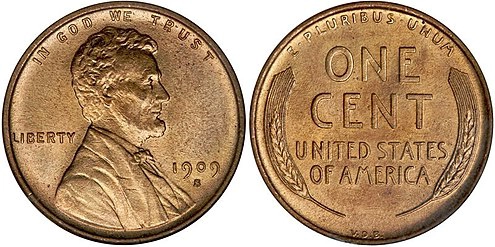
 Wheat cents represent the best opportunity for finding valuable pennies in circulation. These copper coins, identifiable by wheat stalks on the reverse, are generally worth only, well, pennies, but can sometimes have genuine collector demand and modest premiums over face value.
Wheat cents represent the best opportunity for finding valuable pennies in circulation. These copper coins, identifiable by wheat stalks on the reverse, are generally worth only, well, pennies, but can sometimes have genuine collector demand and modest premiums over face value.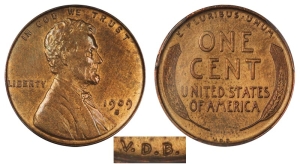
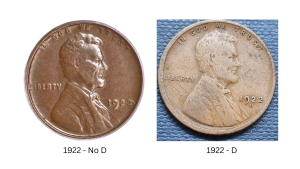
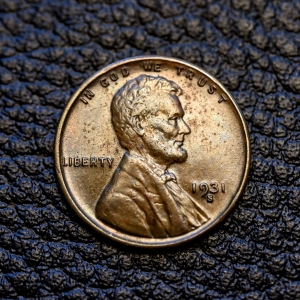
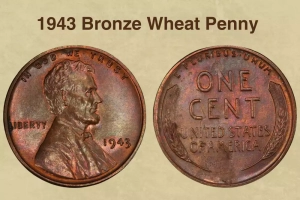
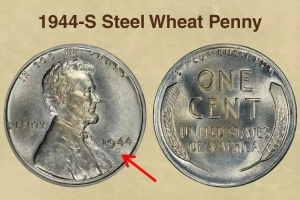
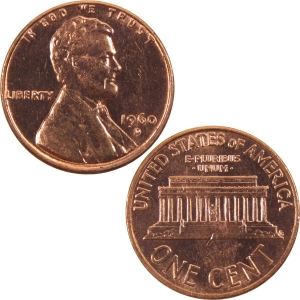 Memorial cents, featuring the Lincoln Memorial on the reverse, represent 50 years of coins with virtually no collector value. Despite countless online claims, 99.9% of these pennies are worth exactly one cent.
Memorial cents, featuring the Lincoln Memorial on the reverse, represent 50 years of coins with virtually no collector value. Despite countless online claims, 99.9% of these pennies are worth exactly one cent.